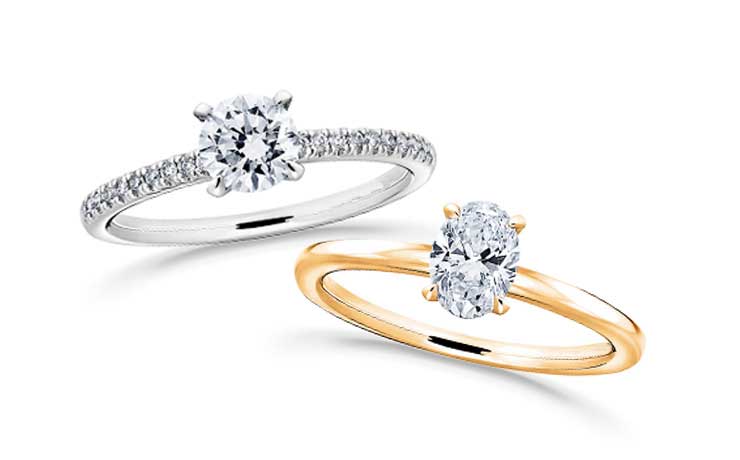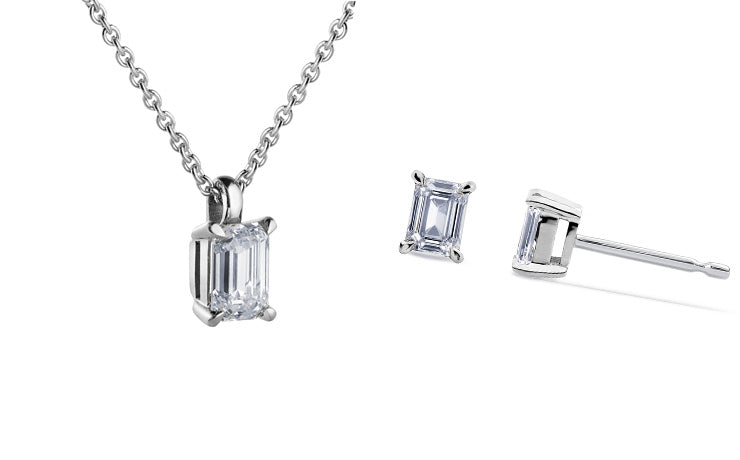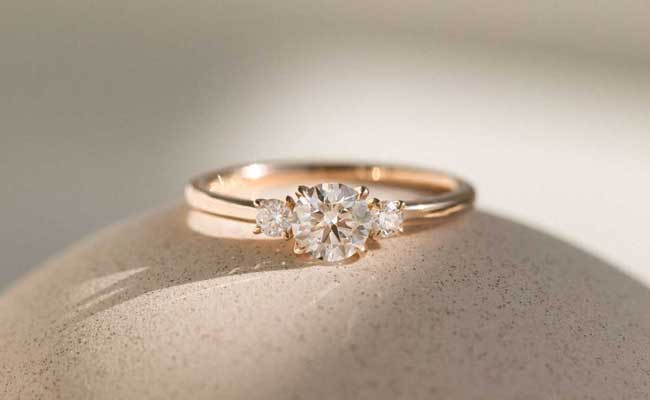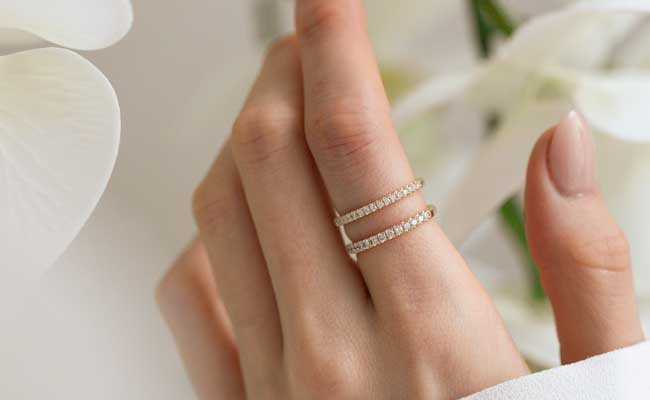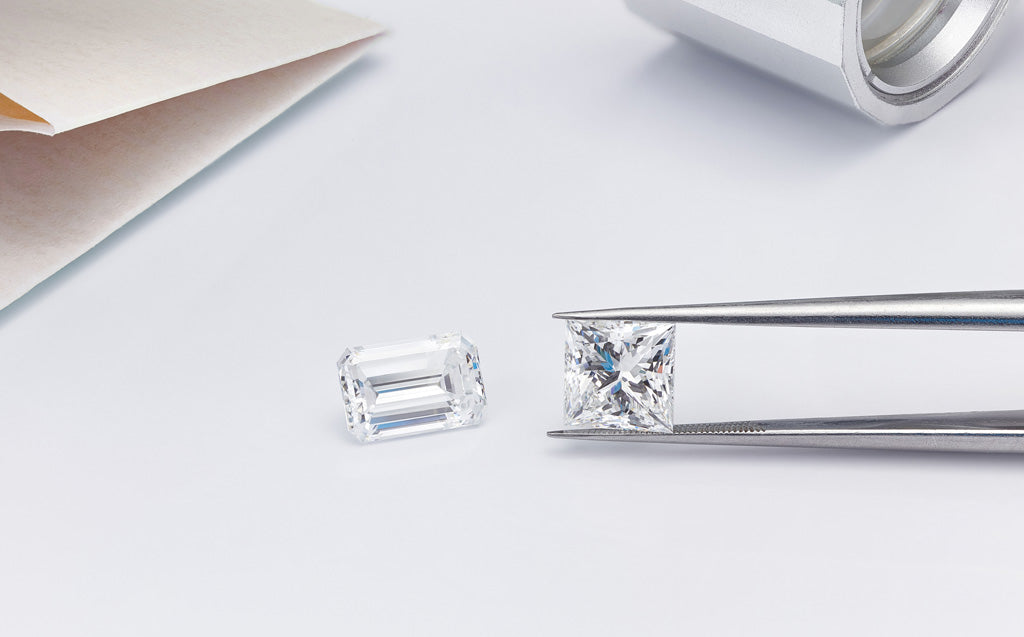How is the value of a diamond defined?

THE 4Cs
The 4Cs define a diamond's value. These are 1. Carat weight 2. Clarity 3. Colour, and 4. Cut. All four factors are important in determining the quality and price of a diamond.
CARAT WEIGHT
Carat is normally used to indicate the size of the diamond but in fact, it measures the weight. In other words, the weight of a diamond is stated in carats and one carat (ct) weighs 0.2 grams. Jewellery certificates often mention the abbreviation “ct”, which stands for Carat weight, and “CTW”, which refers to the total weight of all the stones in the jewellery, or “Carat Total Weight”.
CLARITY
The clarity of a diamond is determined by how many small impurities and inclusions (natural imperfections) are noticeable in the diamond.
The presence of inclusions in a diamond doesn't automatically mean it is bad. Inclusions are a natural part of the diamond growth process and completely flawless diamonds are rare both in nature and when they are lab-grown.
Clarity determines how many inclusions there are, what size they are, and where in the diamond they are located.
The clarity ratings are the following:
FL (Flawless): this diamond is completely flawless, with no inclusions or external marks.
IF (Internally Flawless): no inclusions, and blemishes are only visible to a skilled grader using 10× magnification
VVS1 and VVS2 (Very Very Slightly Included): miniscule inclusions that range from extremely difficult (VVS1) to very difficult (VVS2) to see at 10× magnification.
VS1 and VS2 (Very Slightly Included): minor inclusions that range from difficult (VS1) to somewhat easy (VS2) to see at 10× magnification.
SI1 and SI2 (Slightly Included): small inclusions, sometimes visible to the naked eye.
I1-I3 (Included): inclusions that can be seen with the naked eye.
Macor Jewellery's diamonds with a clarity rating of 0.05ct and above are graded VS1-VVS2.
COLOUR
When we talk about the colour of a diamond in the context of the 4Cs, we are not talking about fancy colours such as light pink or bright yellow. Instead, we are referring to unwanted yellow and brown hues.
Colour is graded on a scale of D to Z, where D is a diamond with no colour and Z is a diamond with a little colour. An ideal, colourless diamond has as little colour as possible that is visible to the naked eye. At Macor Jewellery, we use colourless diamonds graded D to F.
The grading of colourless stones should not be confused with fancy coloured diamonds. Colours that go beyond the aforementioned colour classification and are stronger than grade Z are classified differently: these are called Fancy Coloured Diamonds. At Macor Jewellery, we currently offer pink and blue Fancy Coloured Diamonds.
CUT
A cut not only refers to the visual appearance of the diamond, such as an oval shape or round shape, but also to how well the shape has been cut.
A well-cut diamond reflects light optimally and is beautiful to look at. For example, the Gemological Institute of America (GIA) defines the quality of a cut as follows: excellent, very good, good, fair, and poor. When grading a diamond cut, they look at the symmetry of the cut, the quality of the cut, and the proportions of the diamond.


